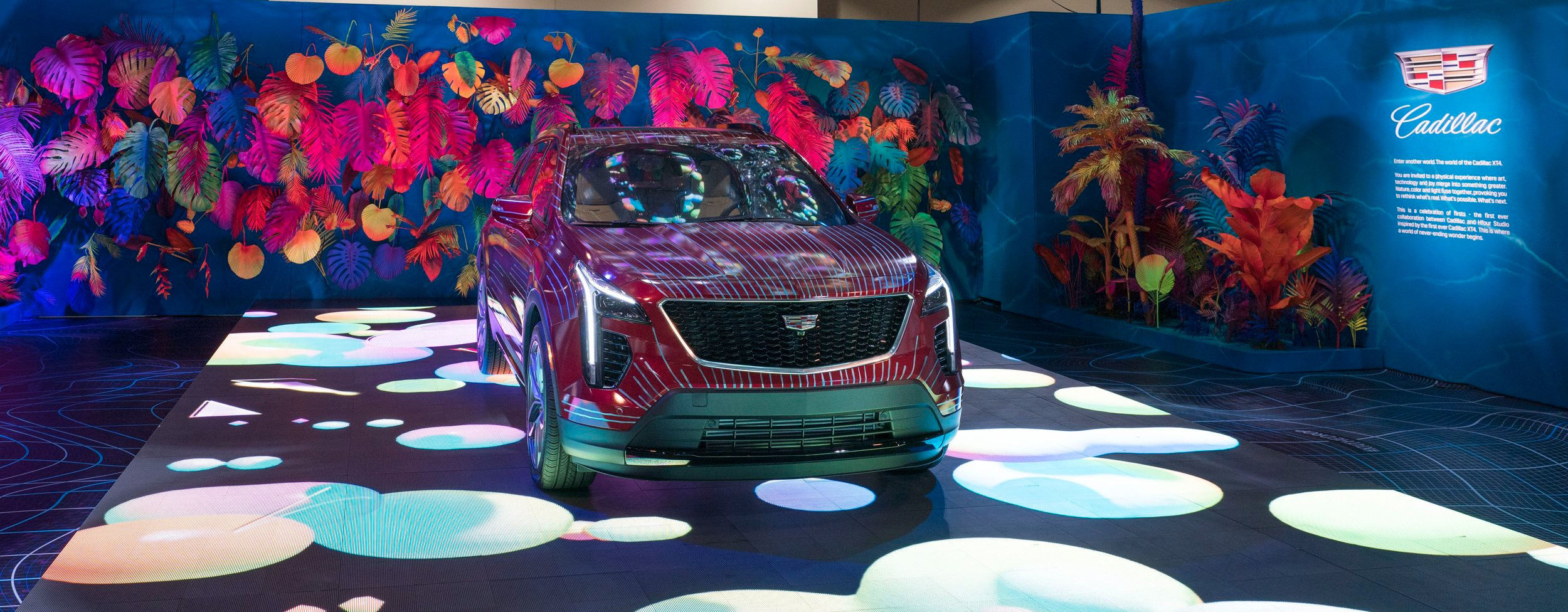
With the emergence of the metaverse concept and advancements in 5G, the applications and formats of LED displays are rapidly evolving. Among these innovations, interactive LED floors, composed of LED floor panels, have become the top choice for immersive experiences. This article will address all your questions about LED floor panels.
1. What Are LED Floor Panels?
LED flooring is a customized LED display panel specifically designed for ground installation. Unlike traditional LED screen panels, LED floor panels have specialized structural features for load-bearing, protection, and heat dissipation, enabling them to withstand intense foot traffic and operate reliably over extended periods. Interactive LED floor panels build on the LED floor’s foundation by incorporating sensing and interactive capabilities. Using infrared sensors, for example, they can track a person’s movement and instantly display visual effects that follow body movement, creating engaging effects like rippling water or blooming flowers as you walk.
2. Key Features of LED Floor Panels
2.1 High Load-Bearing Capacity
LED floor panels typically support loads of over 1 ton, with some models exceeding 2 tons. This resilience allows them to endure high-intensity foot traffic and impacts. RTLED LED floor panels, for instance, can support up to 1600 kg, ensuring durability and resistance to damage.
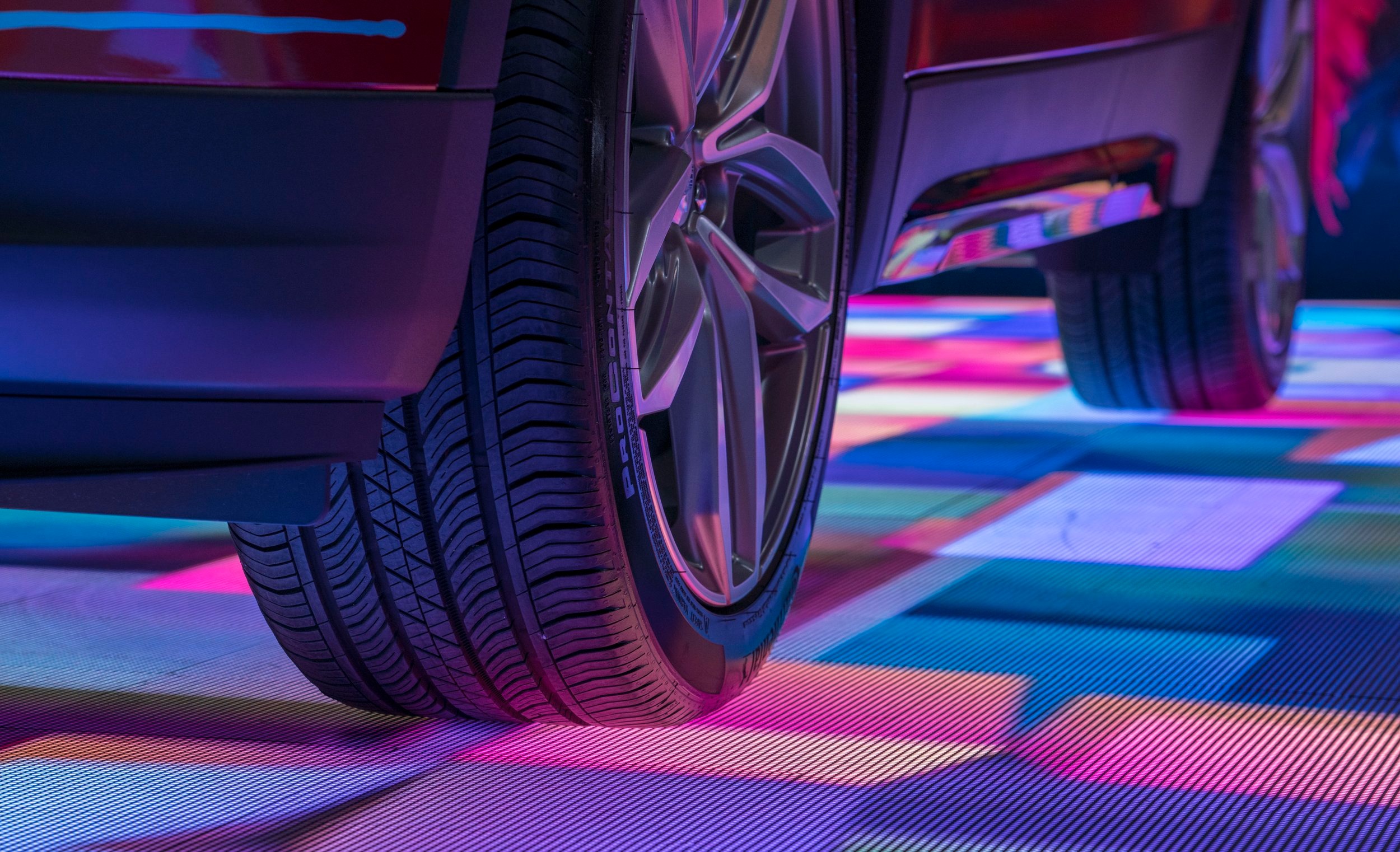
2.2 High Protection Level
Outdoor floor LED screens feature an IP65 rating or higher, providing excellent waterproofing, dust-proofing, and anti-glare qualities. Each LED screen panel is independently waterproofed, allowing it to withstand various harsh outdoor conditions.
2.3 Effective Heat Dissipation
High-quality LED floor panels generally use die-cast aluminum or similar materials for efficient heat conduction and dissipation, ensuring operational stability and reliability even during long hours of use.
2.4 Excellent Interactive Capabilities
LED floor panels can incorporate pressure sensors, capacitive sensors, or infrared sensors to enable human-screen interaction. When a person interacts with the LED floor, sensors detect the location and relay the information to the main controller, which then outputs the corresponding display effect based on pre-set logic.
3. Material Comparison of LED Floor Panels
Iron is a common material for LED floor panels, offering high strength and load-bearing capacity suitable for high-stress areas. However, iron is prone to rust and corrosion, especially in humid environments, requiring careful maintenance.
ABS plastic offers flexibility and can be molded into various shapes to meet different design needs. However, ABS plastic’s load-bearing capacity is relatively lower, making it unsuitable for high-stress environments.
Glass offers high transparency and an aesthetic appeal, but its fragility and limited load-bearing capacity require cautious consideration in practical applications.
In the LED display industry, die-cast aluminum is frequently used for LED floor panels. This high-performance aluminum alloy, produced through special casting processes, combines high strength, excellent load-bearing capacity, and outstanding corrosion and wear resistance. Compared to iron, die-cast aluminum is lighter and rust-resistant, while surpassing ABS plastic and glass in durability and strength, making it an ideal choice for LED floor panels.
4. Common Challenges in Using LED Floor Display
The thickness of LED floor panels is crucial in practical applications, impacting installation ease and directly influencing load-bearing capacity and safety. To address these concerns, we can focus on the design and installation of LED floor panels, where the use of slopes and support legs are two effective solutions.
Firstly, regarding thickness design, LED floor panels are generally composed of several parts, including LED modules, cabinet structures, and protective covers. Combined, the thickness of standard floor LED panels ranges from 30-70 mm. In specialized applications, where ground embedding or slimmer installation space is required, ultra-thin LED floor panel can be used.
Secondly, during installation, slope adjustments can help overcome thickness-related challenges. When installing floor panels on a sloped surface, adjusting the height and angle of the support legs allows the floor panel to stay level with the ground. This approach maintains display quality while avoiding installation difficulties or safety hazards due to ground slope. Support legs are typically made from high-strength materials to ensure stability when subjected to pedestrian or vehicle traffic.
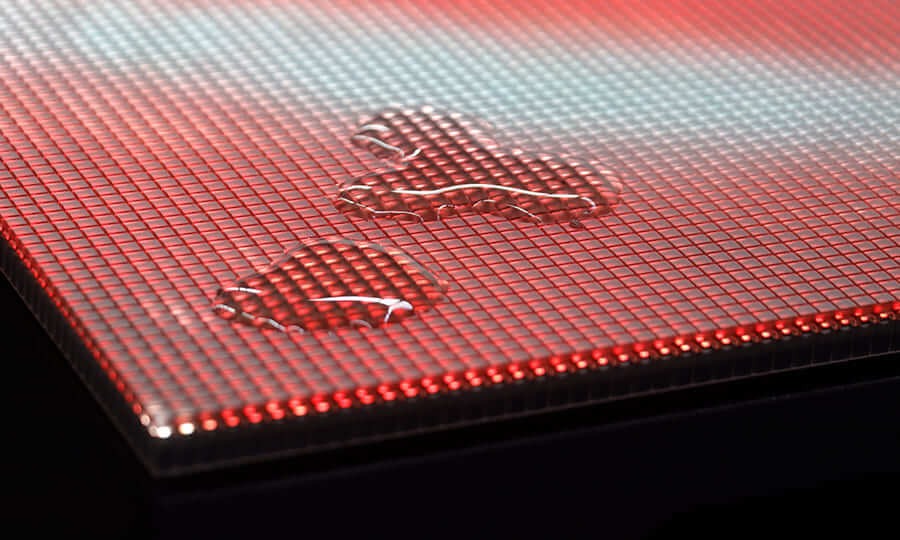
5. Applications of LED Floor Panels
Entertainment
LED floor screens are widely used in the entertainment industry, creating impressive and immersive experiences at concerts, nightclubs, theme parks, and interactive gaming zones. At concerts, LED floor panels sync with music and performers’ movements, enhancing the stage’s visual impact. In nightclubs and parties, the vibrant, flashing effects energize the atmosphere, engaging participants fully in the excitement. Meanwhile, theme parks and gaming areas use these interactive floors to respond to players’ actions, making the experience more dynamic and engaging.
Education
LED interactive floor panels are also highly valued in educational settings such as schools, kindergartens, and museums. These floors enable interactive learning and exhibitions, allowing students and visitors to engage directly with content through touch-based interactions, which improves participation and learning retention. With high-definition visuals and multimedia capabilities, interactive LED floors offer a modern and engaging teaching tool.
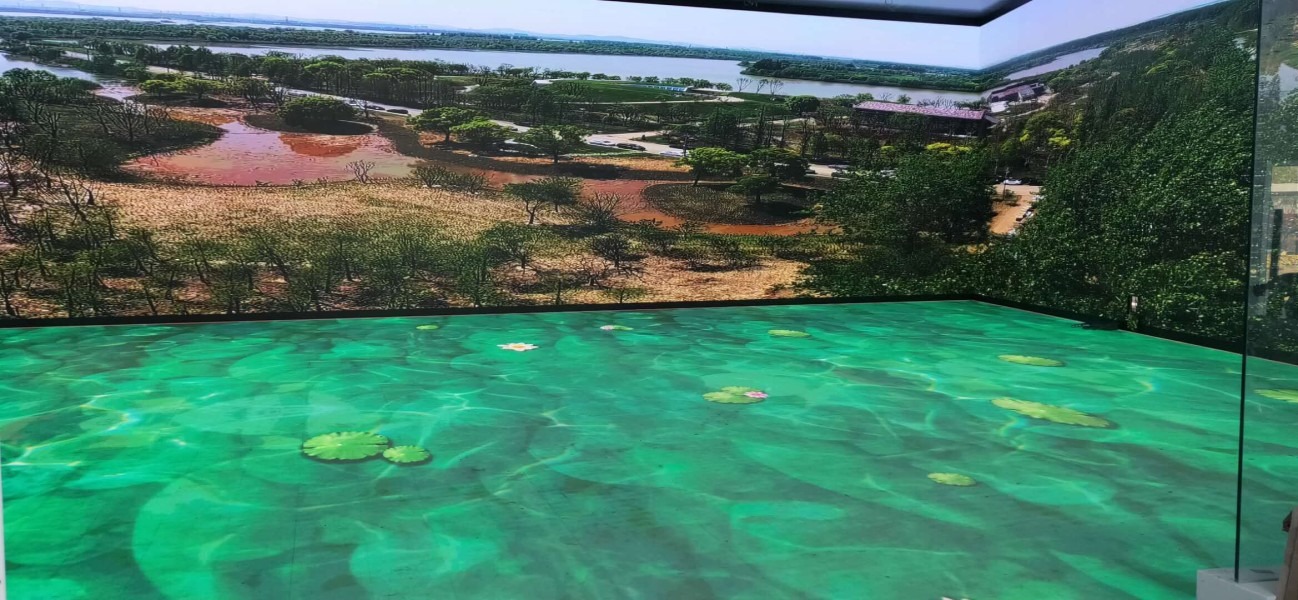
Outdoor Sector
Interactive LED floor panels are ideal for outdoor advertising, corporate displays, and entertainment events, thanks to their weather resistance and durability in various climates. Their high brightness and strong visual impact make them perfect for captivating audiences, enhancing corporate showcases, and elevating event presentations.
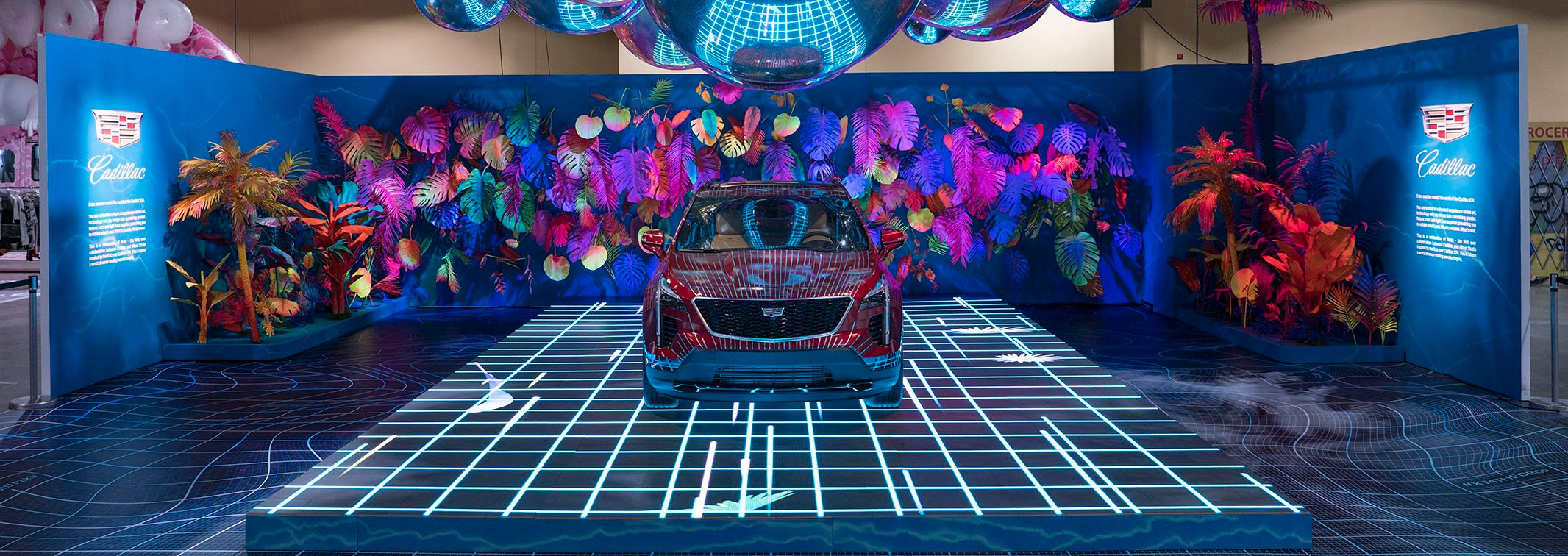
6. Conclusion
This concludes our discussion on LED floor panels. You now understand the advantages and detailed features of LED flooring. If you’re interested in incorporating LED flooring into your business, feel free to reach out to us at RTLED for a professional LED floor solution.
Post time: Oct-11-2024





